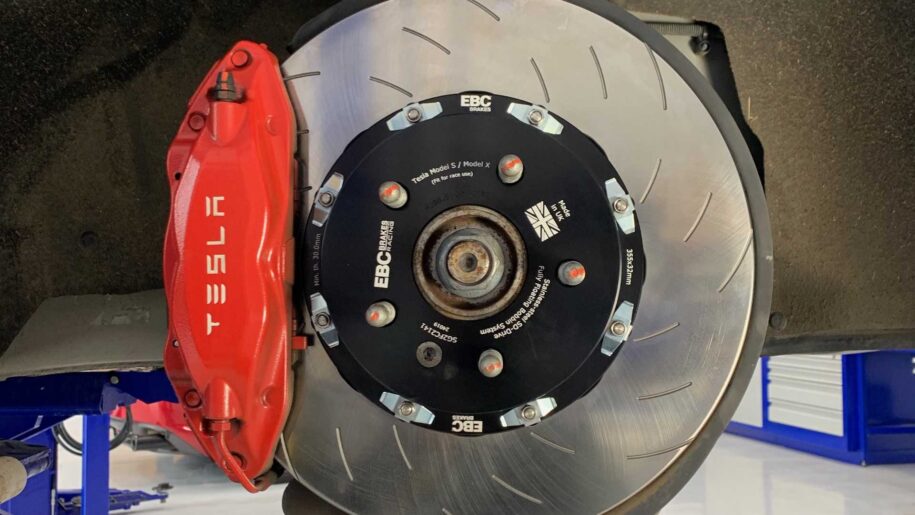Have you ever been driving your Tesla, and you use the actual brakes? Not regenerative braking, like most of us use, but the actual brakes? Did you hear some squeaking following that? If so, you’re not alone!
Squeaky Tesla brakes are a common thread, and the issue isn’t as bad as you might think. Since us Tesla owners use regen braking a lot, what happens is our real brakes don’t get a lot of use. Because of this, water, mud, dust can collect on our brakes and cause rust and other nasty things to form. Instead of rushing to conclusions and taking it into the Tesla service center, the issue is likely that your brakes just need to be used (aggressively).
Yes, it’s really that simple.
Next time you take your Tesla for a spin, make sure you use your brakes aggressively 5–10 times. You should have noticed that the squeaking has stopped by the last squeeze. This is because you just removed that top layer of the brakes that was causing the noise in the first place. This let’s them go through cycles of heat and cooling that help break up the buildup. You should not hear as much squeaking once you do this little exercise.
If you’re in the small minority that still has squeaking after doing this, you might want to get your brakes checked out at a Tesla service center. Since we use regen braking most of the time, our brakes last much longer than conventional ICE vehicles, but occasionally some owners don’t use regen braking to its full potential, wearing them down faster than intended. If this is you, and you’ve done the above exercise 2-3 times with no luck, call up your Tesla service center, it might be time for some new brakes.
If you don’t have your Tesla on regen brake settings, it might be time to do so. Make sure your settings in the “Pedals and Steering” tab are set to the following for max regen braking use:

Thanks for reading! If you liked this post feel free to share it with your friends & family. The more knowledge we can share the more we’ll all be feeling great about our Tesla’s.

